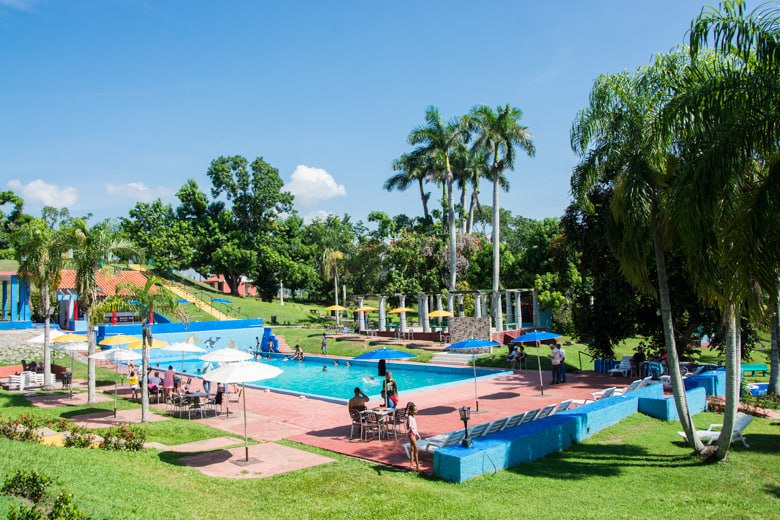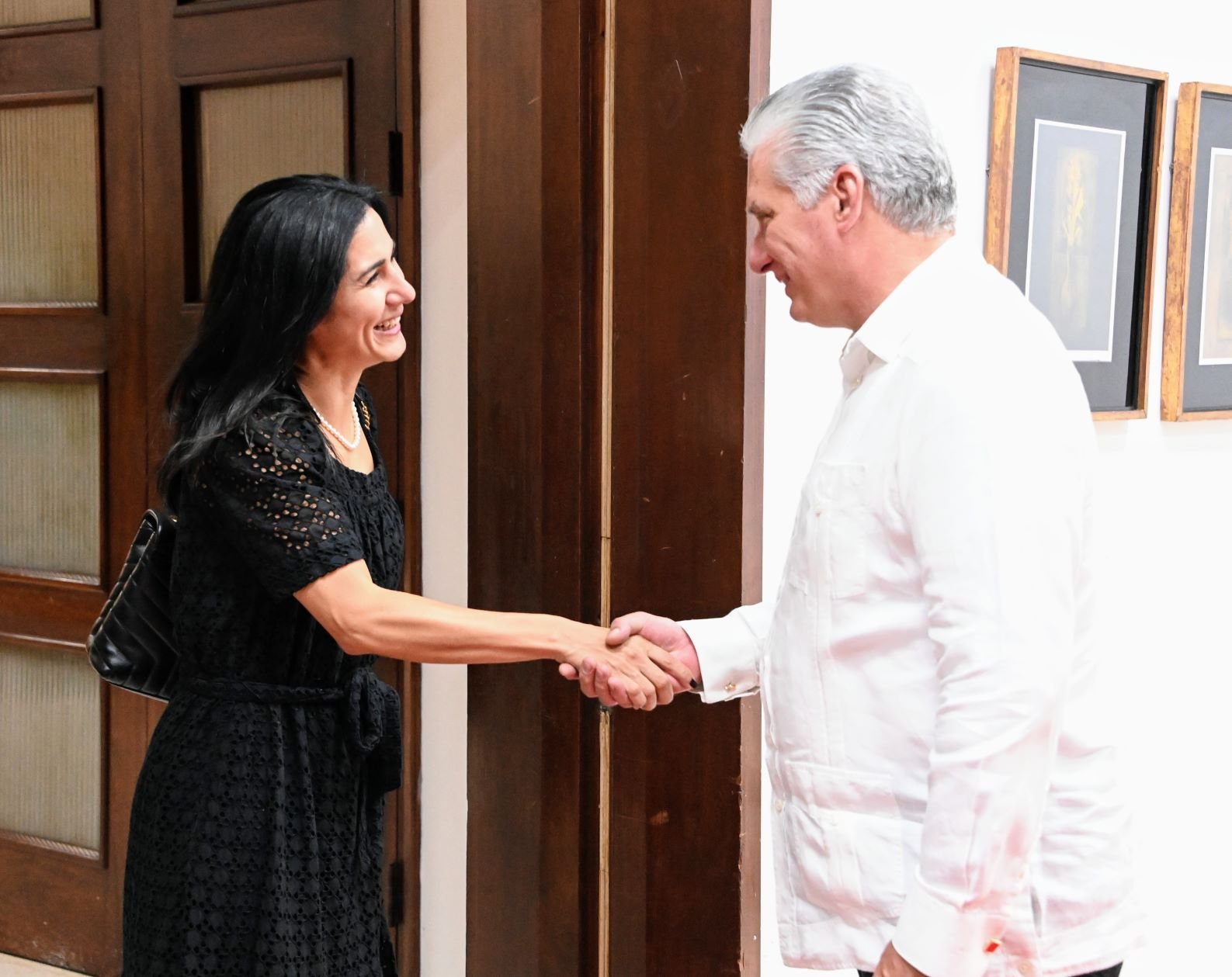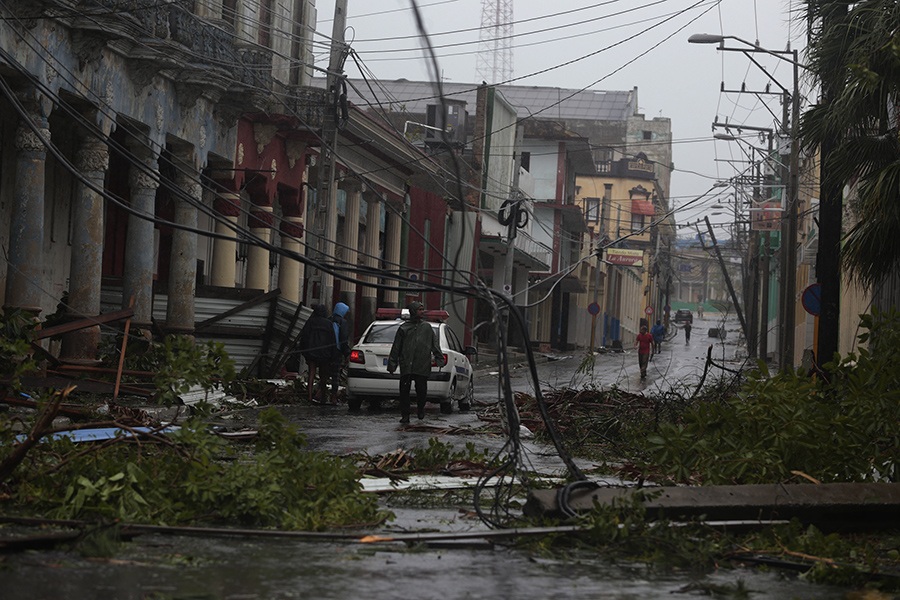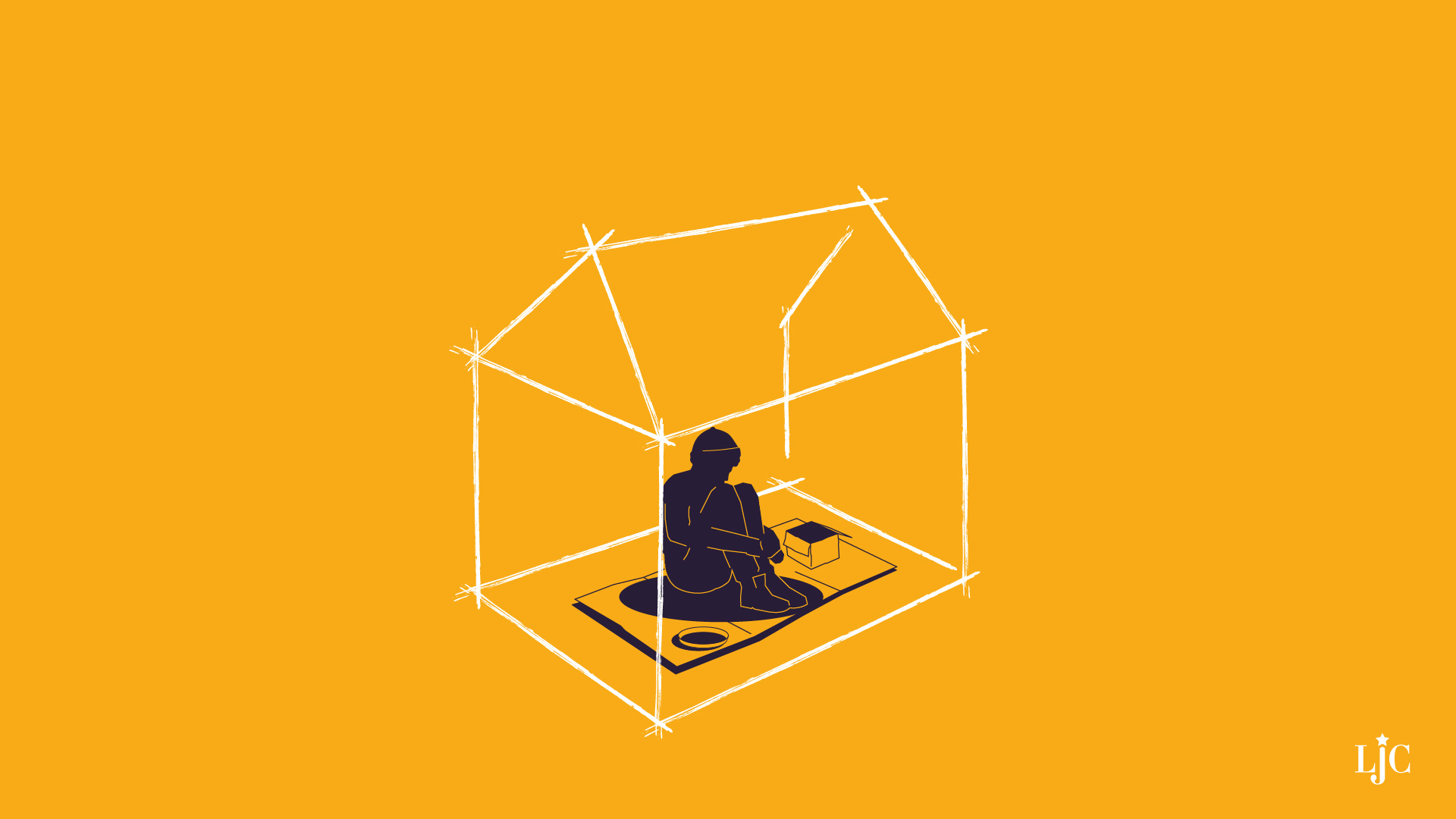Cubans face a precarious present and an uncertain future. While the government focuses on the recovery of the tourism sector, people’s living conditions are driving the largest migratory exodus in the country’s history.
Inflation, the economic blockade and mismanagement mean many are unable to meet their basic needs.

The main focus of this project is to document the dismal housing situation in Old Havana, a reflection of the country’s wider collapse. Some sources suggest the government allows buildings to collapse in order to be able to buy them cheaply and convert them into tourism infrastructure.
Those who have lost their homes, mostly women and children, live in shelters, squat or try to repair their homes on the black market, the only place where they can find materials, even though they are overpriced.
The voices in this report reveal a reality that differs from the image of a Caribbean paradise, of life in dilapidated buildings among rats, bedbugs, cockroaches and damp, with suffering continuous power and water cuts and only very limited purchasing power.

-
Yurislandi, 8, and Sally, 32, observe the accumulation of waste at the La Coubre shelter in a formerly abandoned port office
Forty people who have lost their homes living in the La Coubre shelter. They throw their rubbish out of their windows because it’s difficult for them to feel the place as their own.

-
Sally, 32, and Niovis, 33, cut up the piece of chicken they have left to get through the next 23 days until the end of the month
Neither Sally nor Niovis work. They have a special card for food but it has been suspended and Sally is showing signs of malnutrition. The sisters lived in a collapsed building at 317 Muralla Street. They were told they would be there for four months, but that was five years ago.
The authorities told them they would repair their house, but they did not and it eventually collapsed. Niovis says this is very common in Havana, especially after the hurricane season between June and October. Luckily, the girls were out when it happened.

-
From left to right, Jani, 34, with her children – Eliani, 11, Leyani, 16 with her three-month-old daughter Silenai and Yurislandi, 8

-
Yurislandi and Eliani watch videos on their cell phone
Jani’s biggest problems are her family’s overcrowded shelter and the presence of cockroaches, rats and damp. When Leyanis was pregnant, a cockroach got into her ear while she was sleeping and she required medical attention.
The government provided bunk beds for the six people in the family, but the mattresses are infested with fleas. The family spends entire days without safe drinking water and the children have serious difficulties focusing on their studies. When they came to the shelter to avoid the imminent collapse of their former home, Leyanis was a child. Now she is a mother.

-
Sally, 32, stands in one of the two shelter bathrooms shared by 40 residents

-
Judit, 51, pulls back the curtain in front of the bath she has built herself in the room where she lives with her daughter Dianela, 18 and son Juan, 12
The shared toilets are a source of tension. They don’t have running water so extra care has to be taken with cleanliness, and that generates arguments between neighbours.
Judit has built her own bath to get more privacy, which is hard to find in these overcrowded places. She was being abused by her ex-partner and ran away as soon as she regained her strength. She spent almost four years renting, but she could not support herself and her two children on her account’s salary. She feels the only option she has to live decently is to leave the country, following the fate of millions of Cubans.

-
The building where Marlene and her daughter used to live, which collapsed after Hurricane Irma in 2017

-
Marlene prays as she holds a photo of her deceased parents, with her daughter Keyla María, 17 in La Coubre shelter
Marlene, 50, says her experience in the shelter may affect them for the rest of their lives. Her daughter, Keyla María, is traumatised, like so many other children living here. Marlene’s mother had lung cancer and in the shelter’s living conditions her health deteriorated drastically. ‘‘She lived badly, with suffering, with agony, and I begged that she could live the remaining months of her life in dignity, but it did not happen.’’

-
Two children play football in the shelter
The residents are constantly trying to get the authorities to to repair the building. They have also asked for the materials to do the work themselves, but none have been forthcoming. The children at the shelter are forced to mature early. The older ones strive to help the family get by. Daian, 17, sells soft drinks on the street to bring in some money.

-
Artelis, 31, makes religious jewellery in the shelter while her son Bryan, 7, holds the trainers his father sent from the US

-
Artelis’s old house on Diaria Street collapsed in 2018
Artelis, 31, was in her apartment with her son when their building collapsed. Their block started to degrade in 1984 and it collapsed in 2018. They had to live on the street for eight days. The government said it would compensate her for her furniture, but this never happened.
Bryan is often ill because of the cold and mosquitos in the shelter. His father lives in the US and sends money home. Remittances account for about 6% of the country’s GDP. Thanks to this and the little income Artelis makes she can just about cover her and Bryan’s basic needs. She is aware that it will be difficult to find a safer space for his son to live, so she intends to send him to his father when he gets a little older.

-
Isaac, 3, in the ruins of his house on 62 Cuba Street

-
Jesus, 78, sits on the remains of a bed at 62 Cuba Street, where lived before it collapsed
Many families refuse to be relocated into shelters for fear of losing their property rights to the government or a foreign investor. Those who stay live with the constant risk of collapse. At the entrance of this building, people sell materials they have salvaged from other destroyed houses. Those who engage in these activities are called “termites”.
The last part that collapsed was the apartment of Jesus, 78, two months after Hurricane Ian in 2022. He had lived there for 15 years.

-
Women stand guard with their children at recently occupied offices in Old Havana

-
Two babies lies on mattresses on the floor of the former reception area
In Old Havana, former offices have become home to nine women and their eight children. They left their former homes because of overcrowding, poor conditions and mental health issues.

-
This building at 505 Zulueta Street was declared inhabitable in 1989
Nine families continued living in this building hoping that it would be repaired. Two of its floors collapsed in July 2020 and with the explosion of the adjacent Saratoga Hotel in 2022, its condition deteriorated significantly. The inhabitants moved refused to be relocated into a shelter because of the terrible conditions. The families spent years asking the authorities for help to save the building, but none came. This situation is especially common in Old Havana, the main tourist area of the city. Here luxury hotels coexist with buildings on the verge of collapse, in a clear process of gentrification sponsored by the government itself.
In their eagerness to boost tourism after the pandemic, the authorities are turning heritage buildings into hotels, which bring in foreign currency for the upper echelons of power. Meanwhile it only built 58% of the housing planned for 2022.
This model contrasts with that of the Cuban revolution, which was based on free usufruct. Large hotels and mansions were expropriated and used to create apartments for the middle and lower classes. None of these people own their homes, and they are not entitled to any compensation when they collapse.

-
Marta, 62, runs errands for her neighbours in order to earn some extra money

-
Marta lights a cigarette in the austere room where she lives
Marta, 62, is the aunt of Denís Solís, one of three opposition members imprisoned in the neighbourhood for the marches of the San Isidro Movement (MSI), which took place in 2020 and 2021. The MSI is an artistic and social movement that focuses its activity on criticism of the government and the defence of human rights. Solís was jailed for eight months and left the country in October 2021. He found asylum as a political refugee in the US with four family members, leaving Marta and her son in Cuba.
Despite having worked as an inspector of urban reform, customs and the historical archive, Marta’s pension of 1,540 pesos (£53.50) is not enough to subsist for a month. The huge shortage of basic goods in local stores means people have to resort to the black market, where a package of chicken costs 1,200 pesos. Marta runs errands for her neighbours, saving them from queues that can last more than 24 hours and washing clothes by hand.
“The future looks bleak,” she says. “For the youth, I see it quite ugly and rotten.”

-
Antonio, 60, a construction worker, poses in his former home at 54 Acosta Street, now in ruins

-
A man walks through the centre of Havana in front of a collapsed block of buildings, a common sight
Antonio, 60, was born and raised at 54 Acosta Street. He was living there when the building collapsed. He lived with four other family members who left two months before the collapse when the government informed them about the risk of being there. He didn’t want to leave, because he was afraid his house would be occupied or his belongings stolen. One day, when he was walking in front of the building, it collapsed and he was left with nothing. Antonio’s idea is to continue working hard in construction to create a new home for his family. Meanwhile, he stays in a shelter with 25 other people. They share a single bathroom and the government provides them with breakfast and lunch. Antonio has been there for six months and says he hopes the government will move them to a place where they can restart their lives.
The housing situation is particularly serious in Havana, the most densely populated province of Cuba. According to official data, it has 185,348 properties in poor condition, of which 83,878 are in need of partial repair and 46,158 major renovation. Another 43,854 homes are needed for victims of previous collapses who reside in state-run shelters, and a further 11,458 due to the increase in the city’s population.
Local news about collapses is frequent, but it rarely crosses borders. The collapse of a balcony in Old Havana killed three girls between the ages of 11 and 12 in 2020 and the case became international. The government quickly repaired the building, one of the few cases in which it has done so.

-
Rafael, 51, watches the sunset from the top of a building in San Isidro neighbourhood. He was a building restorer, but today he trades construction materials on the black market. The government is considering adding this activity to the 23 crimes that carry the death penalty, 15 of which are related to state security, and Rafael fears for his future. He had never thought of leaving before and he doesn’t want to, but he is running out of time and alternatives. He wants to sell his home to finance his journey via Nicaragua to Miami, where he will rebuild his life from scratch. Those who do not have property to sell or enough savings, like his brother-in-law, invest $10,000 (£8,300) between 20 to 40 people to build a raft and leave their fate in the hands of the sea.
“Everything here moves through the black market, nothing moves through the legal market because there is a shortage of everything,” he says. “And at the same time, as there is a shortage of everything, inflation is high. Despite this, luxury hotels are still being built.
“You are full of telling the whole world that there is nothing, but you make an agreement with a big company and you put in your material. But we still have the same monthly allowance of a packet of chicken, four of mince and two of sausages … So where is all the money that the companies are generating here?”







